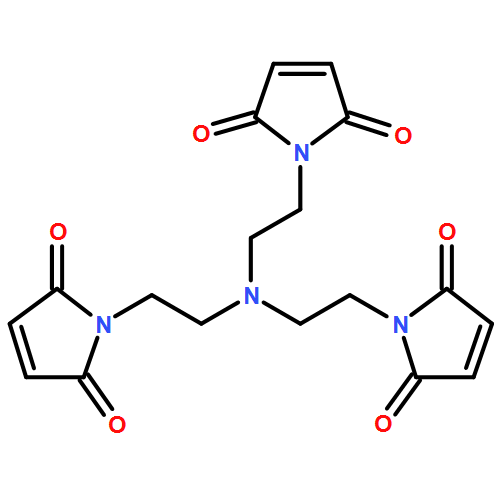Co-reporter: Aruni P. K. K. Karunanayake Mudiyanselage, Meili Yang, Lee A.-R. Accomando, Lynmarie K. Thompson, and Robert M. Weis
pp:
Publication Date(Web):July 23, 2013
DOI: 10.1021/bi4007176
Many cellular processes involve interactions between membrane-associated proteins, and those interactions are enhanced by membrane association. We have used cross-linking reactions to compare the extent and specificity of protein interactions in solution versus on a membrane surface. Cysteine mutants of a soluble cytoplasmic fragment (CF) of the aspartate receptor, a transmembrane receptor involved in bacterial chemotaxis, are used in disulfide bond formation with the thiol-specific oxidant diamide and chemical cross-linking reactions with the trifunctional maleimide TMEA. CF binding to membranes is mediated by its N-terminal His tag binding to vesicles containing a nickel-chelating lipid, so cross-linking reactions conducted in the presence and absence of vesicles differ only in whether CF is bound to the vesicles or is free in solution. For multiple Cys throughout the CF, membrane association is shown to increase the rate and extent of these reactions. Cross-linking specificity, which is measured as the preference for cross-linking between Cys near each other in the native structure, is also enhanced by membrane association. These results provide an experimental demonstration that membrane binding enhances protein–protein interactions, an important consideration for understanding processes involving membrane-associated proteins. The experiments further demonstrate the importance of cross-linking conditions for these reactions that are often used to probe protein structure and dynamics and the potential of membrane association to restore native interactions of membrane-associated proteins for cross-linking studies.
